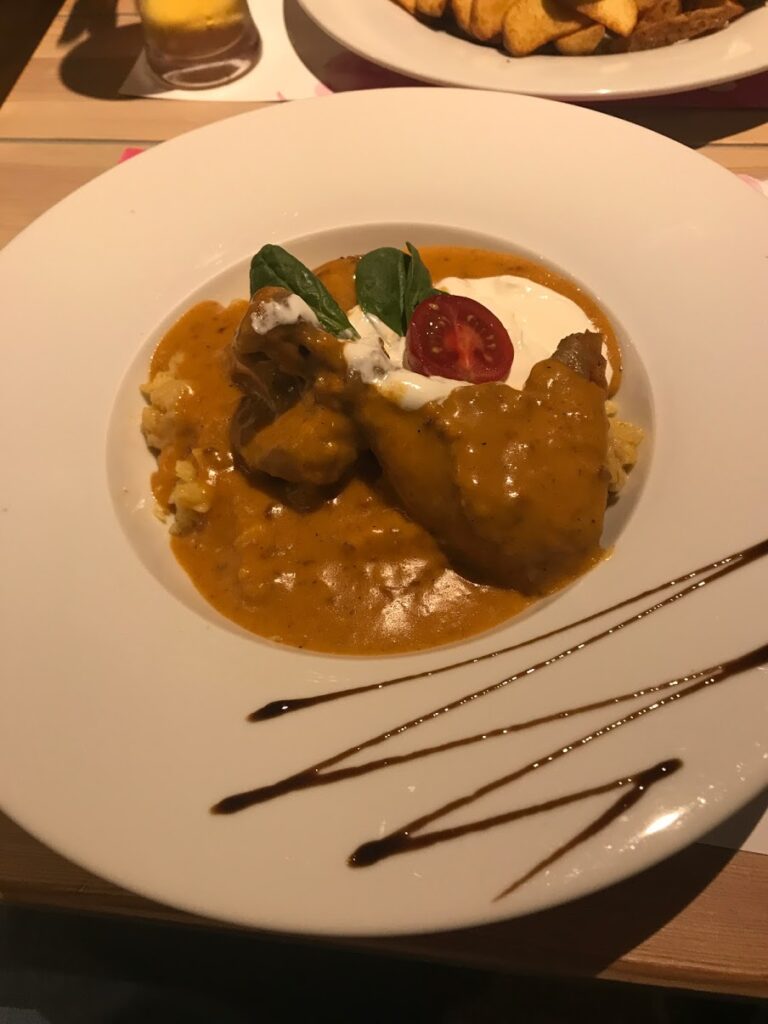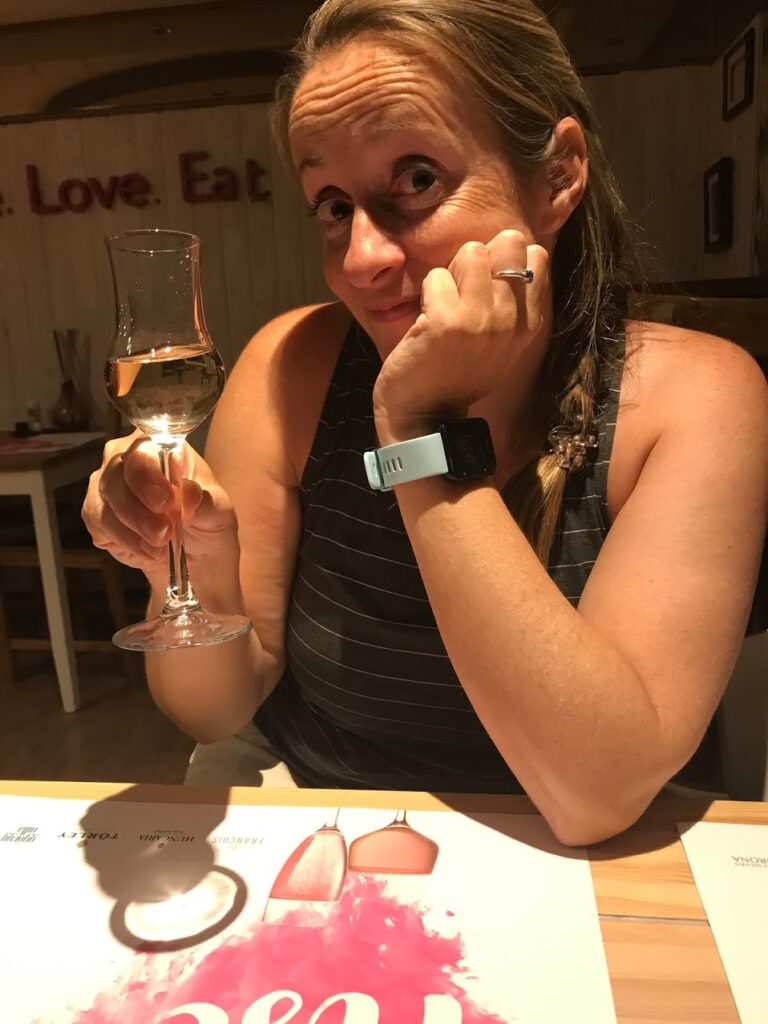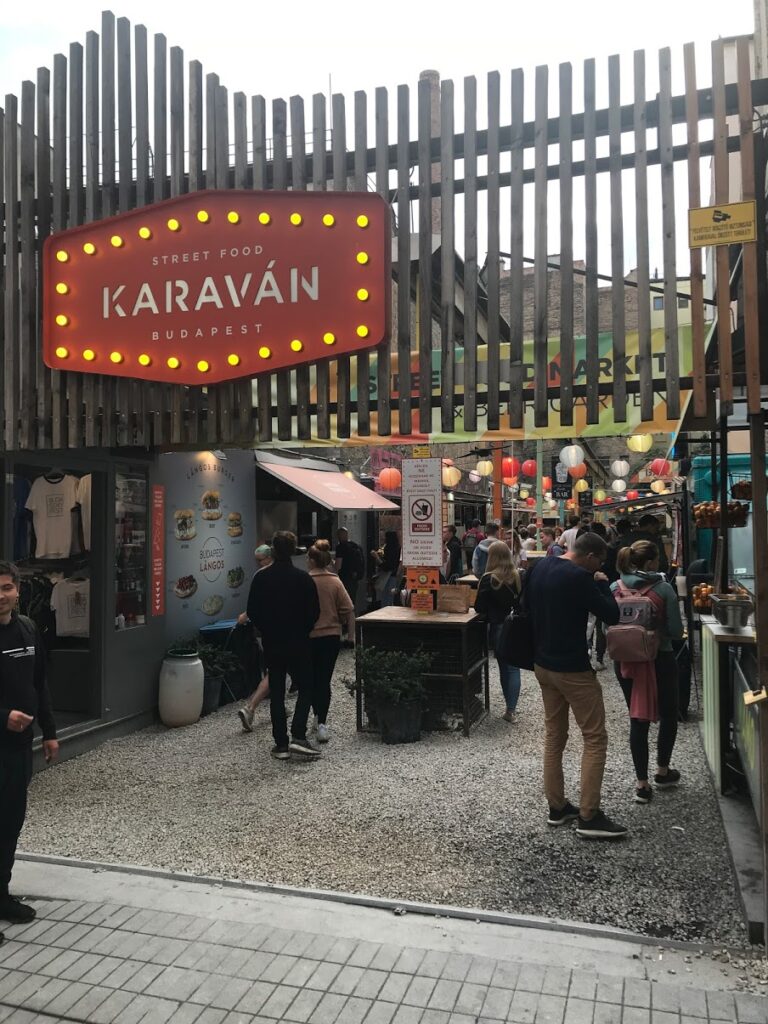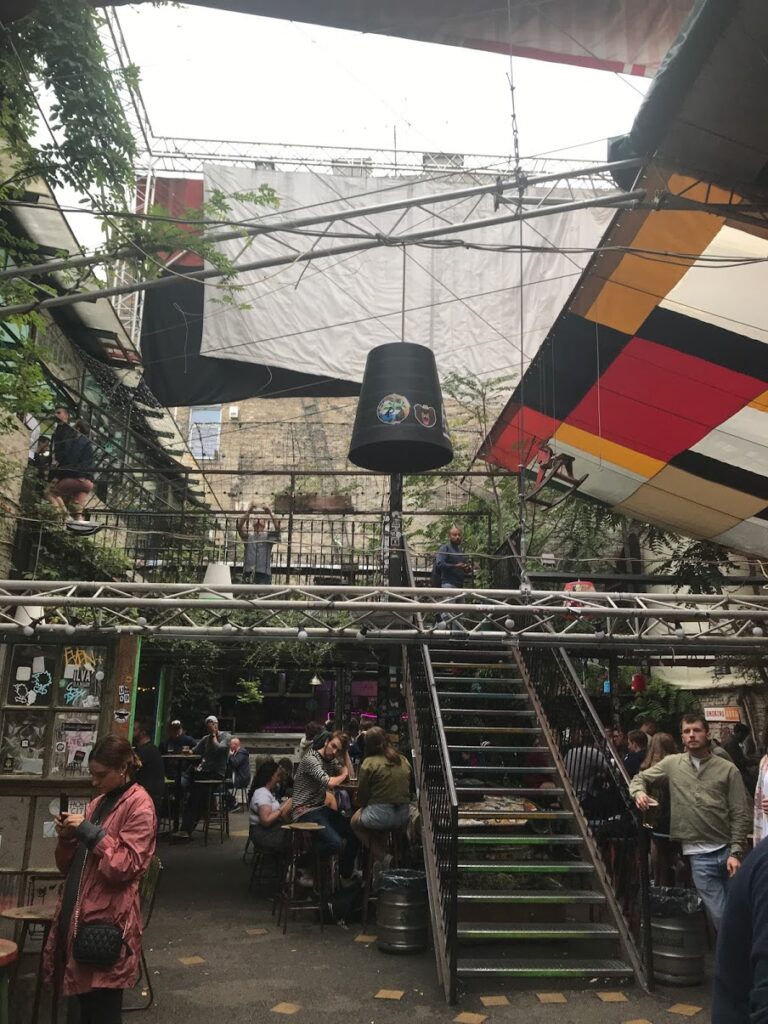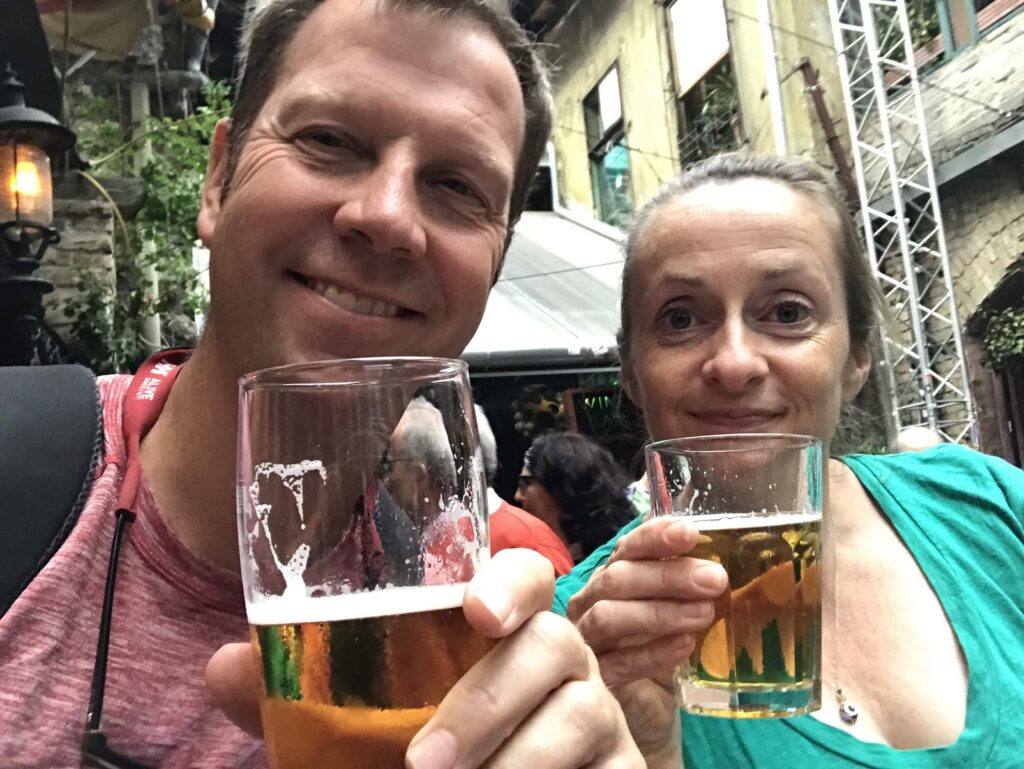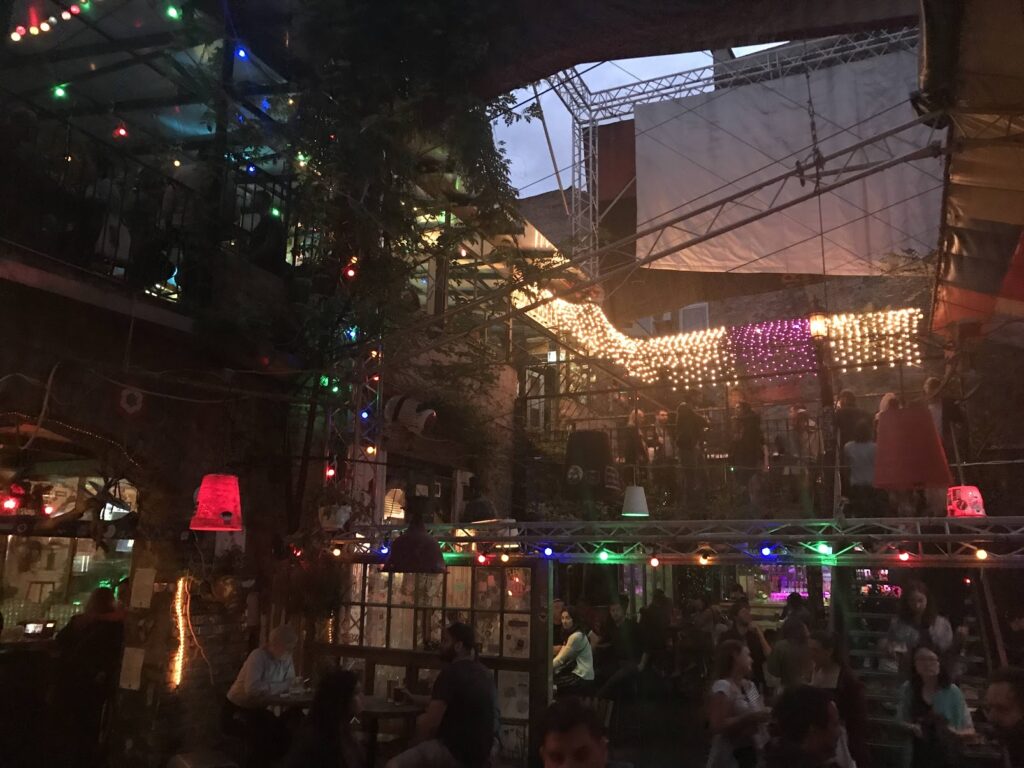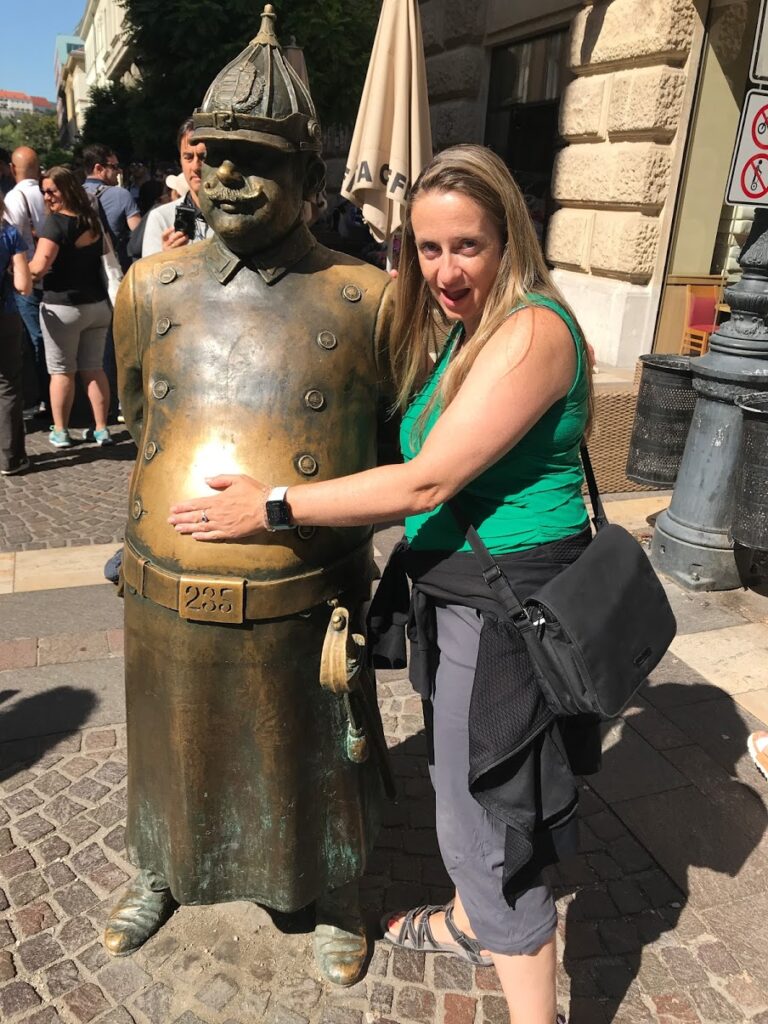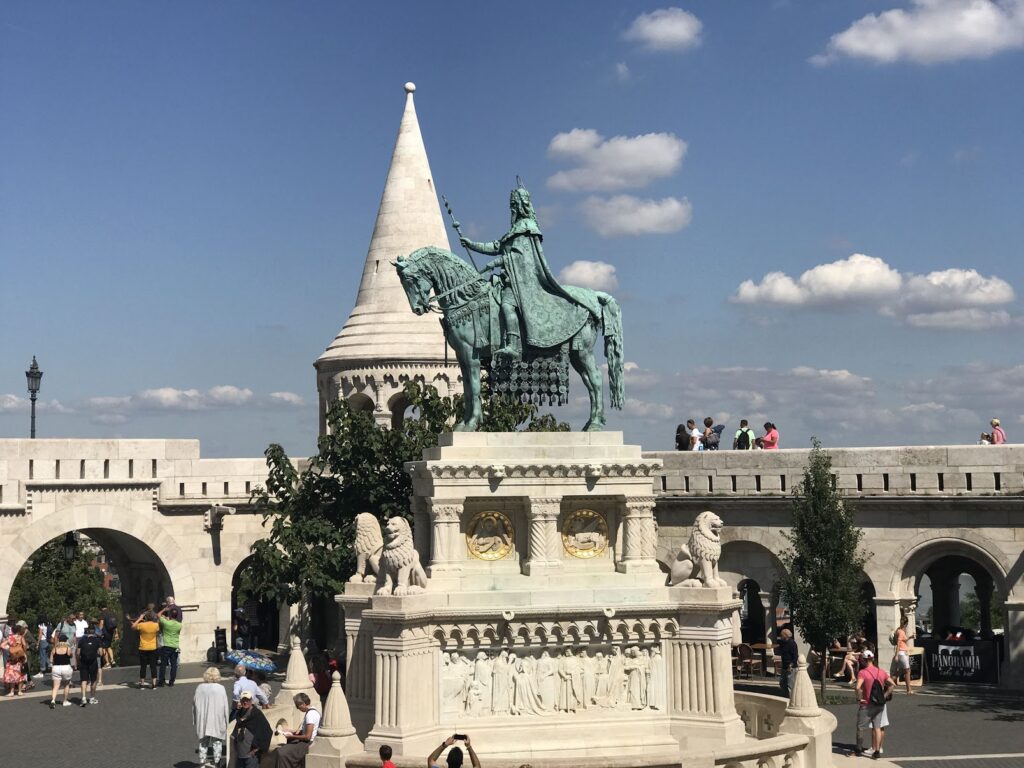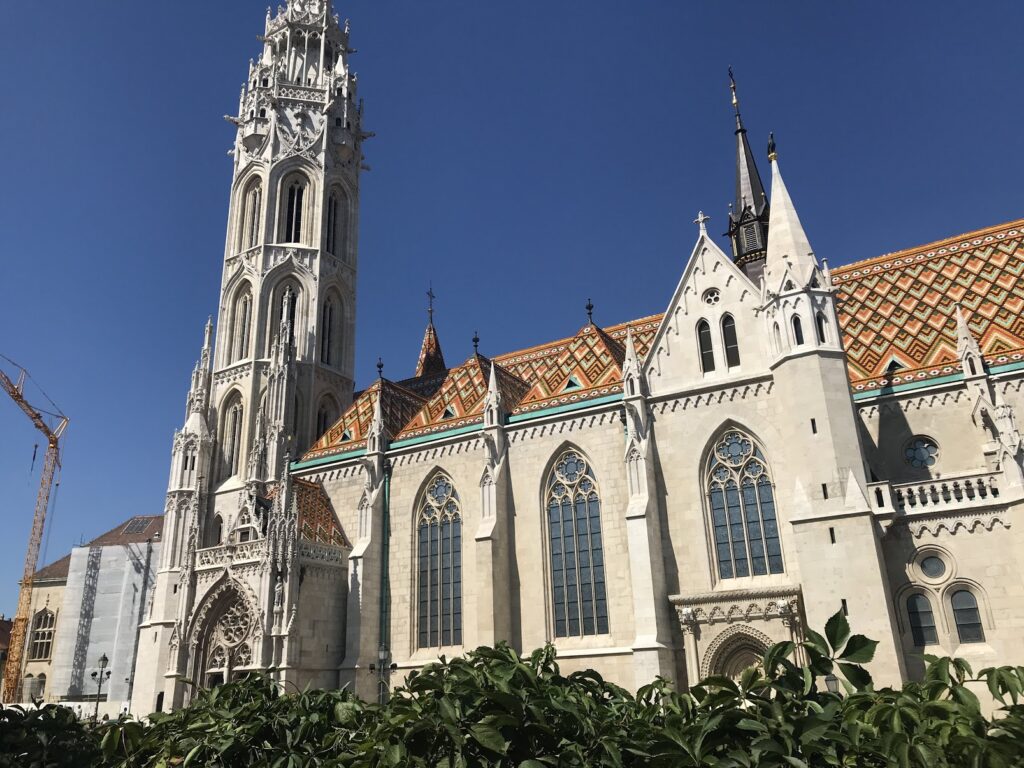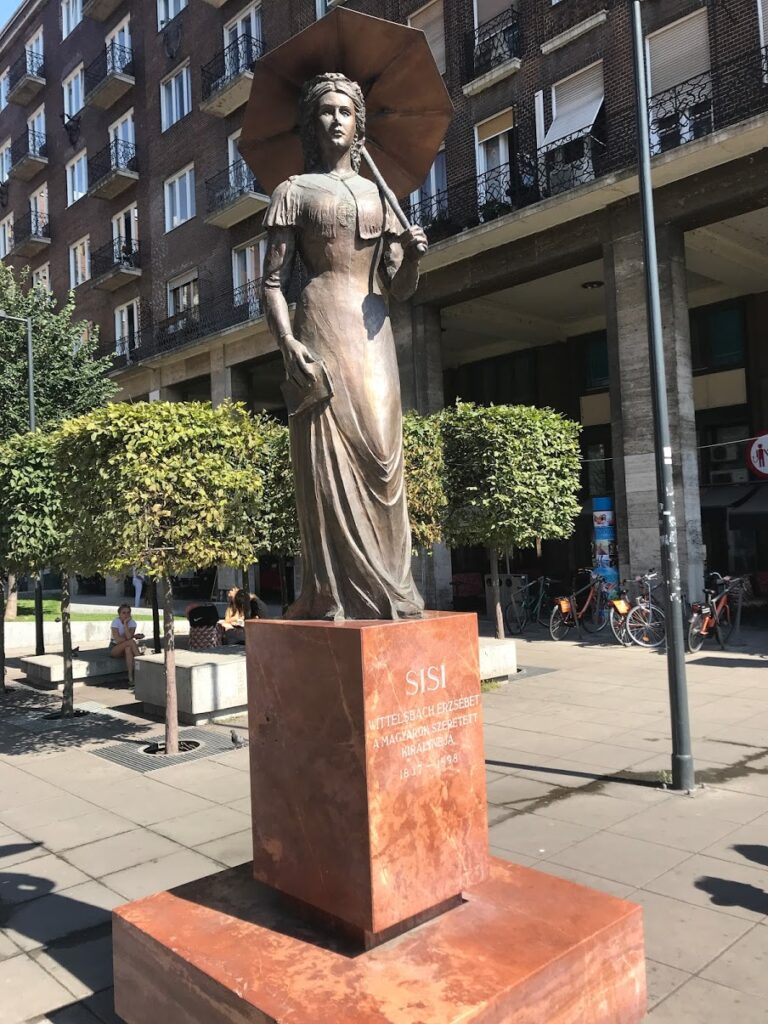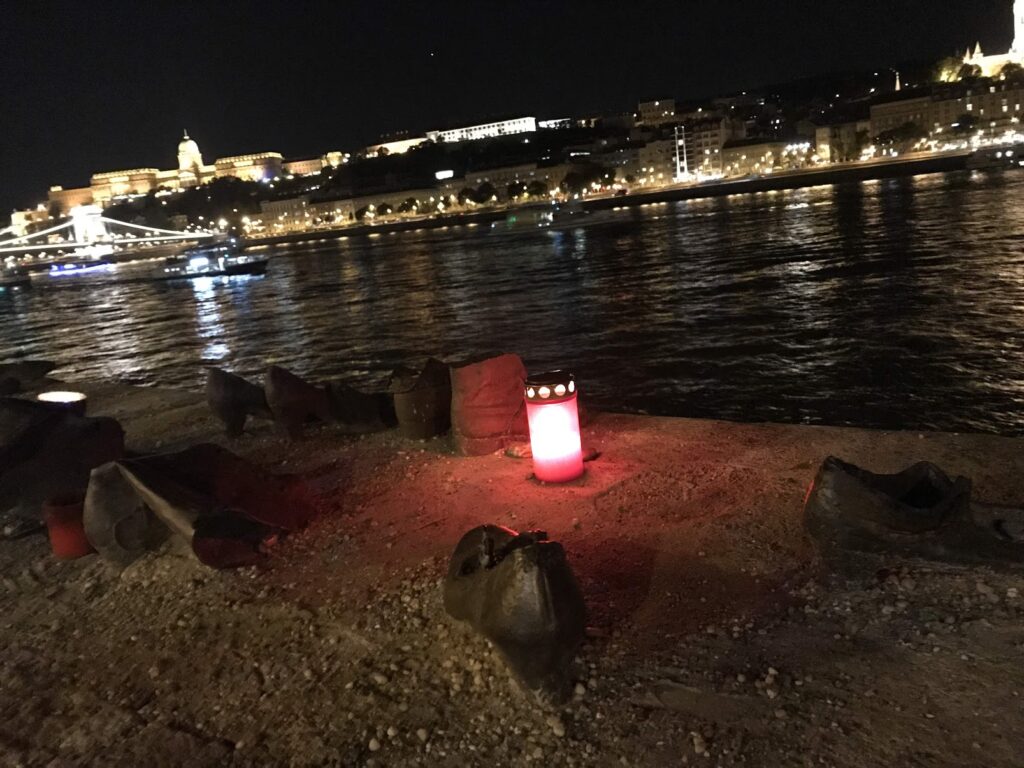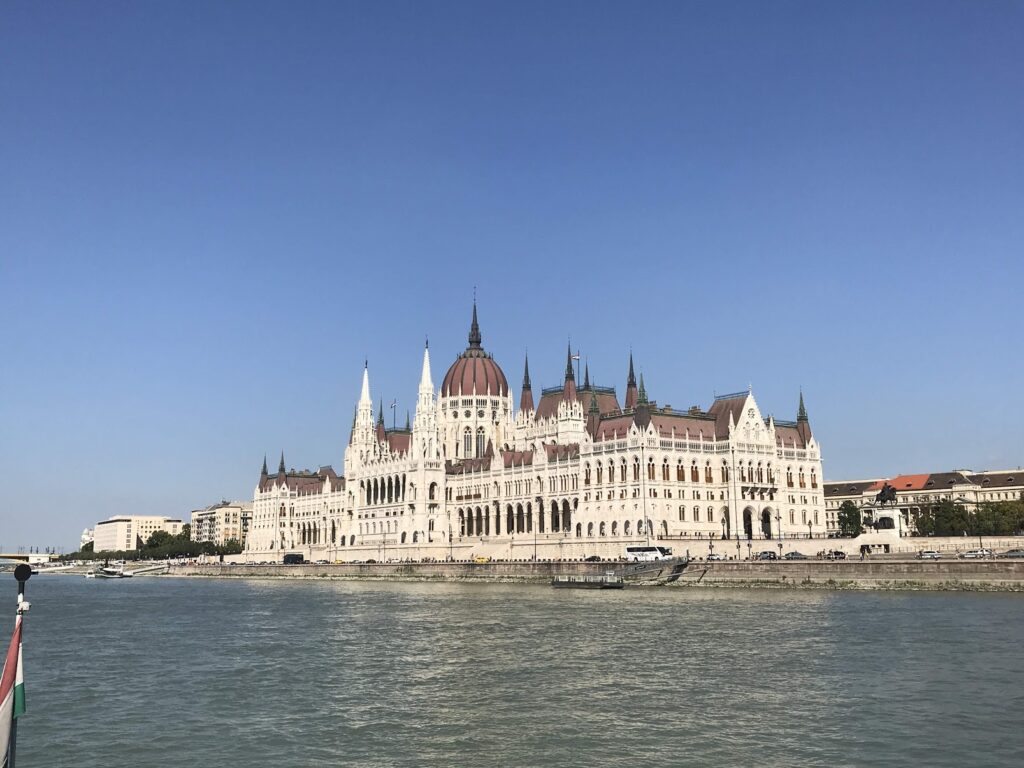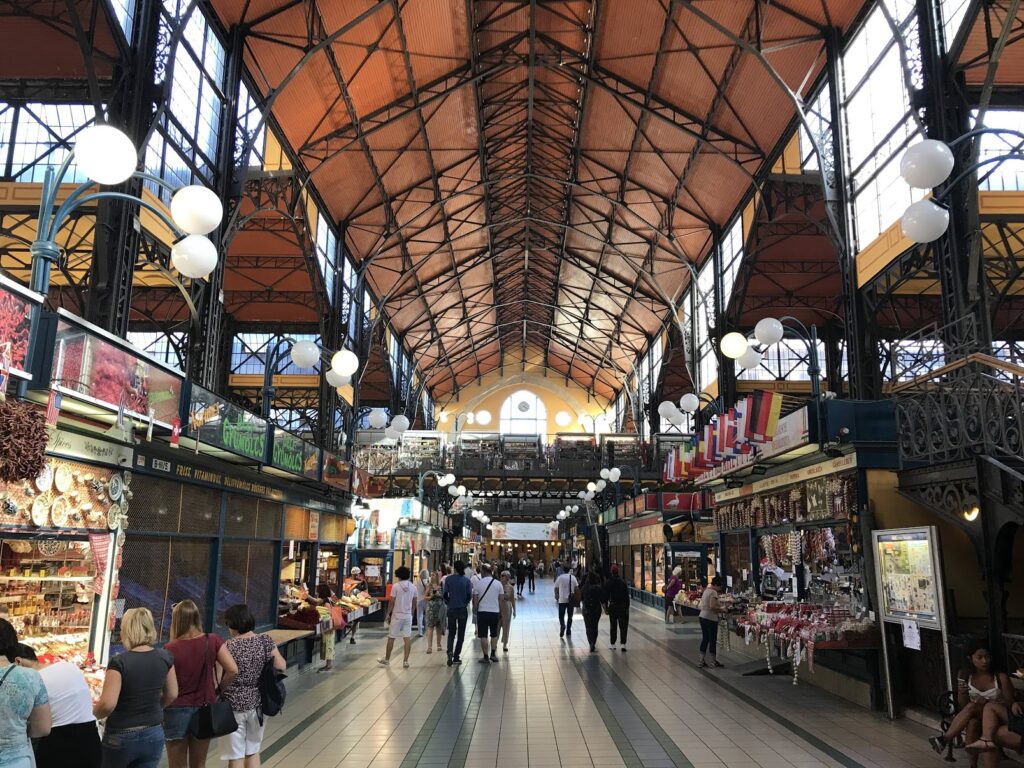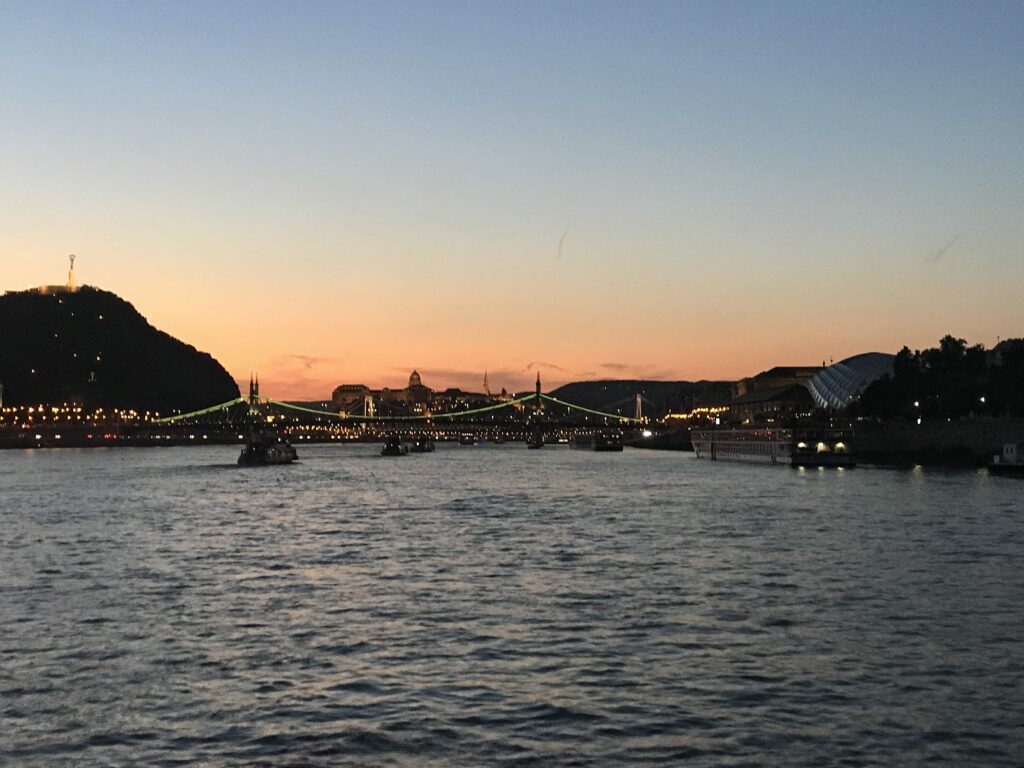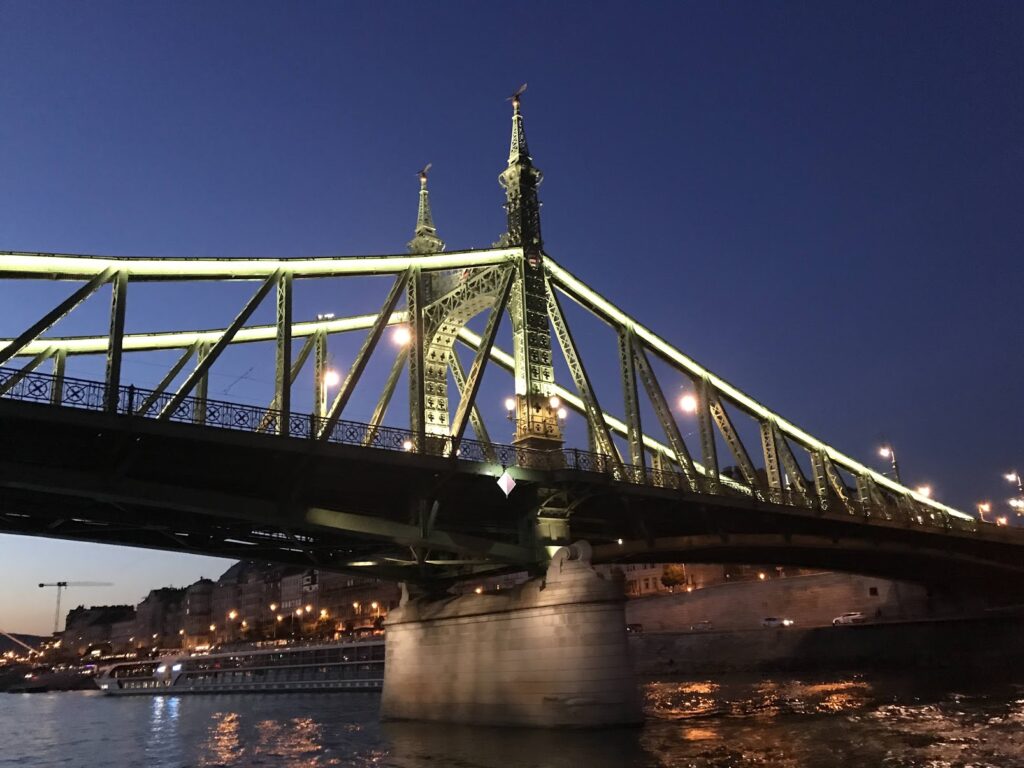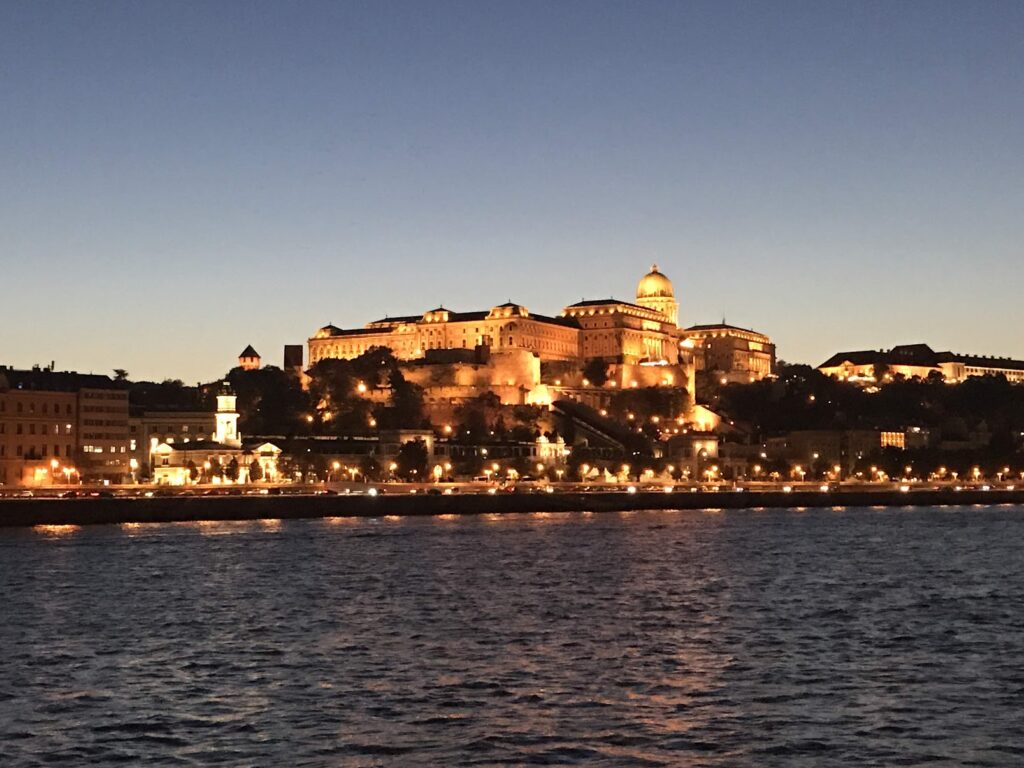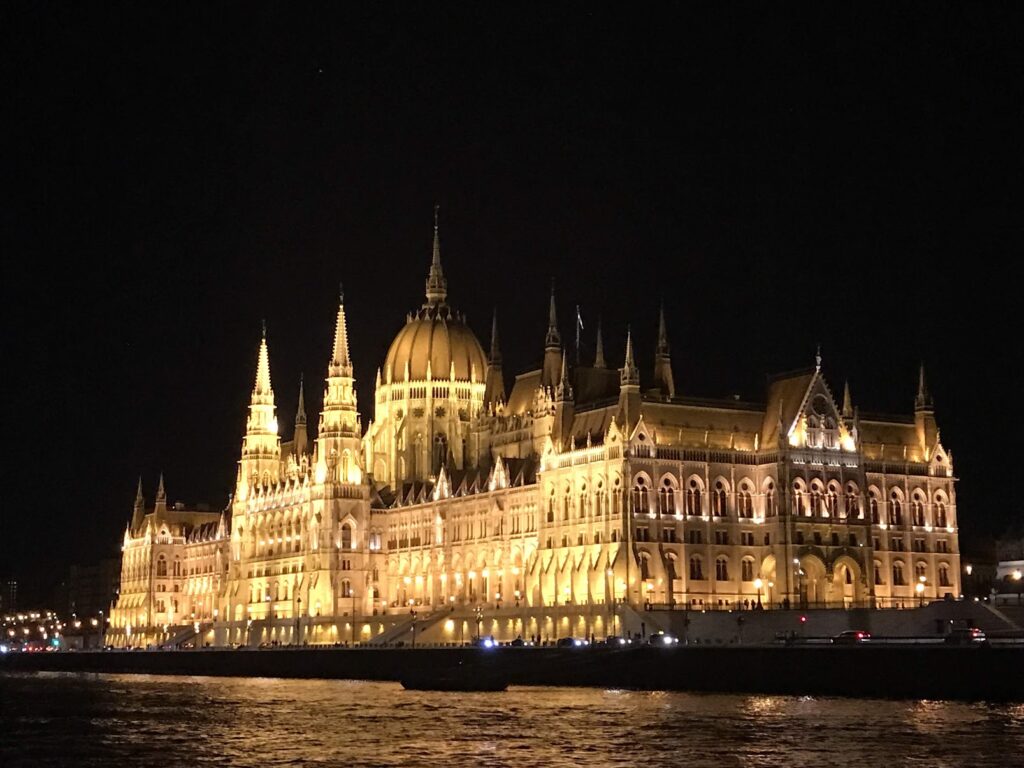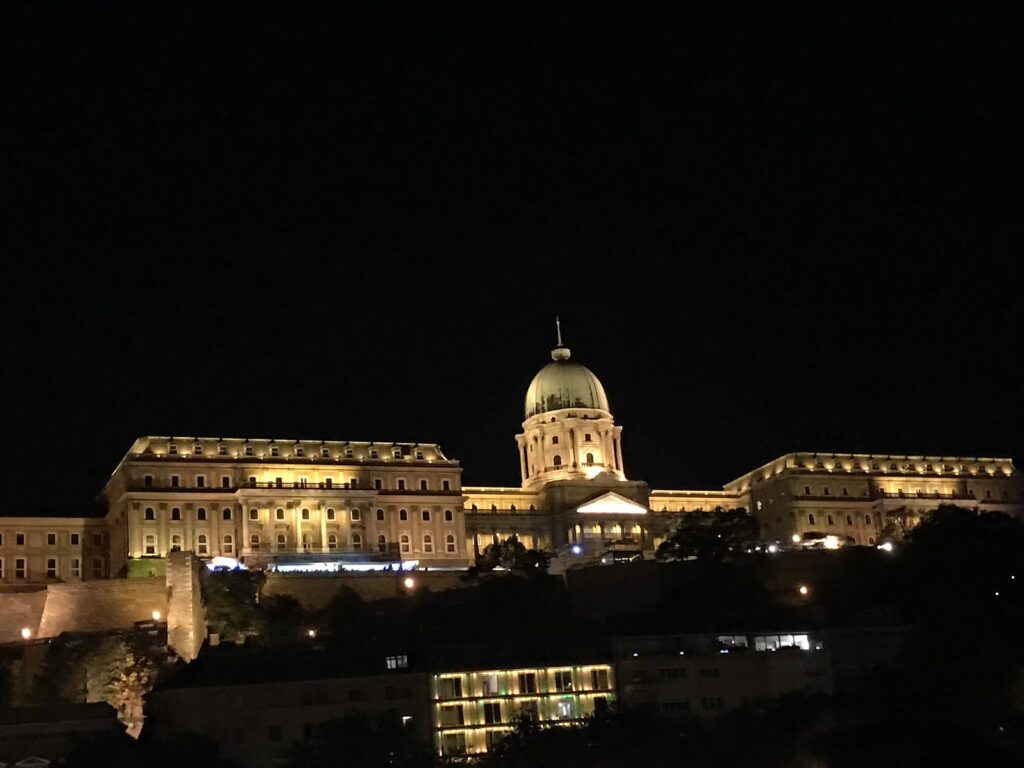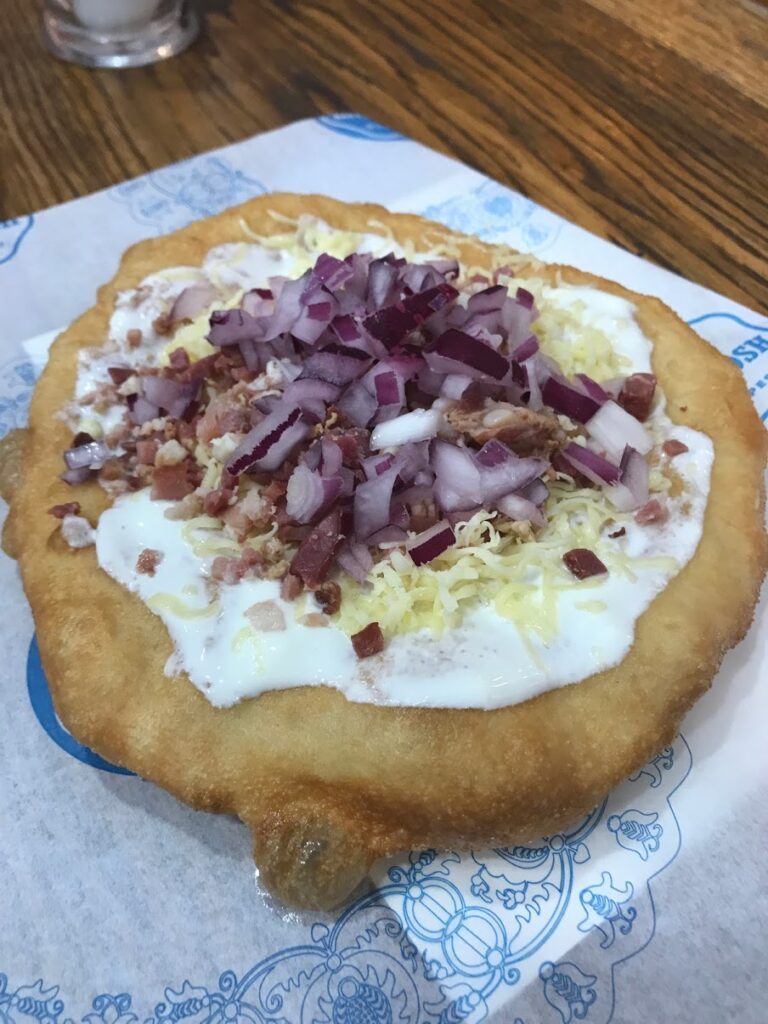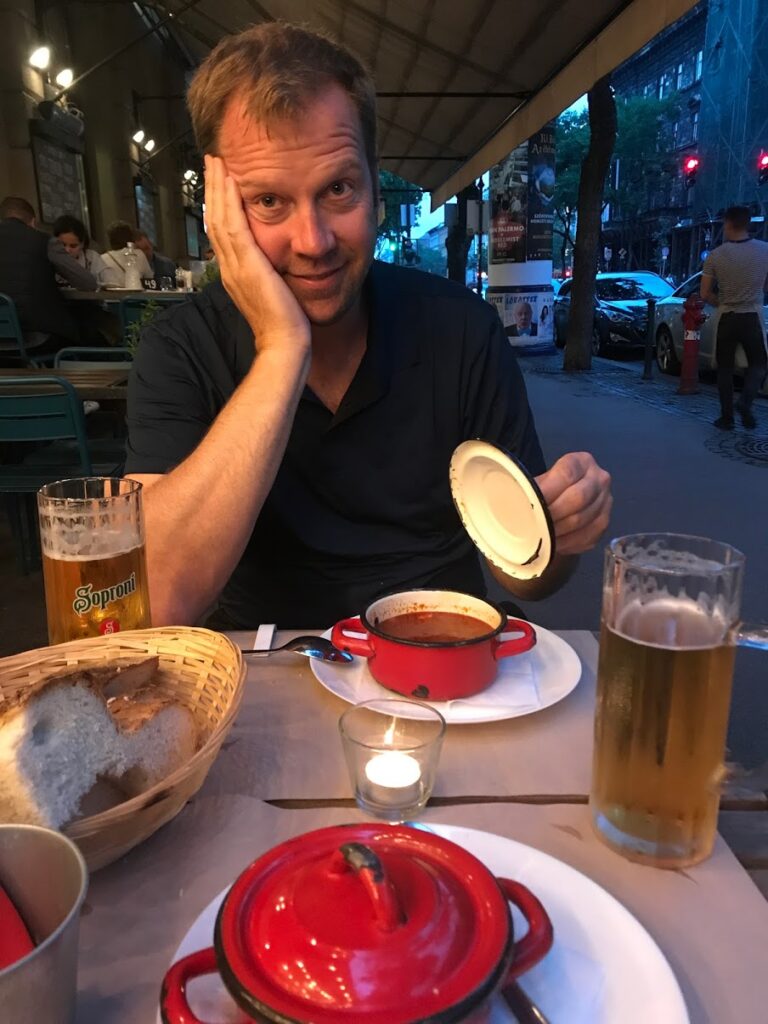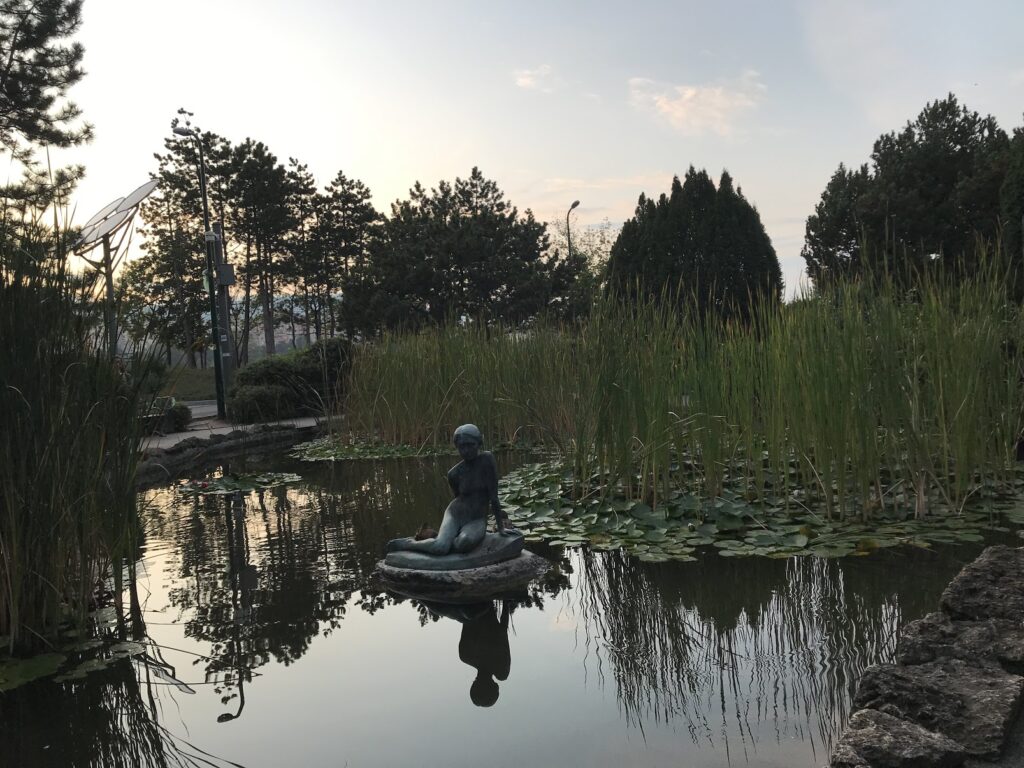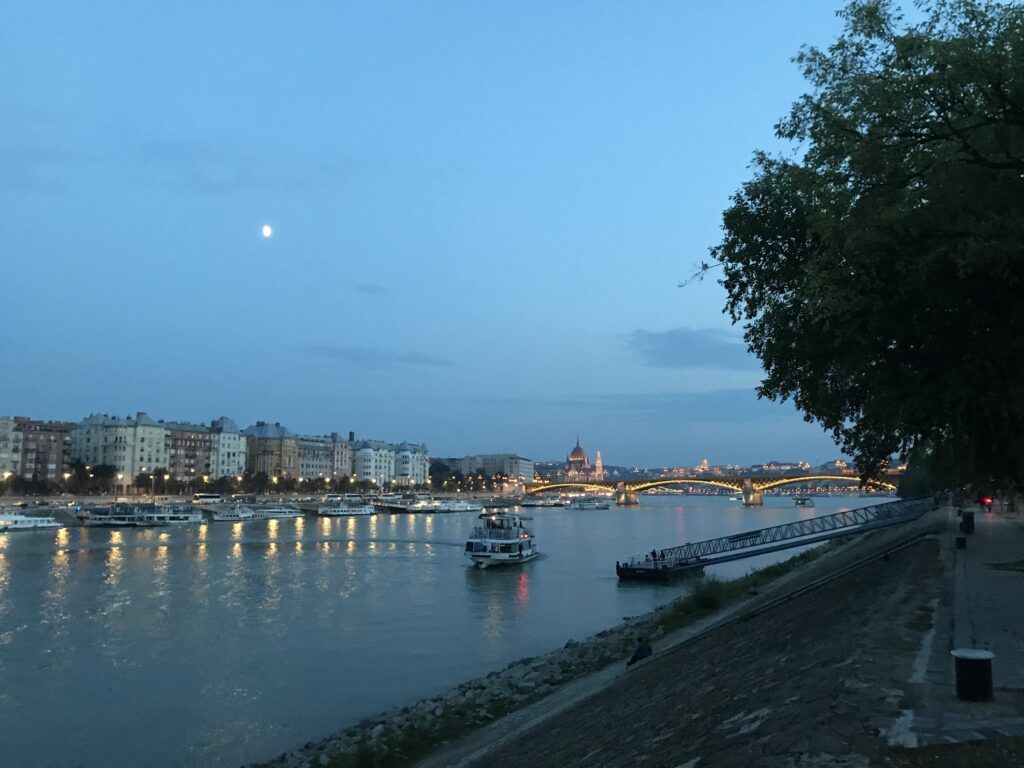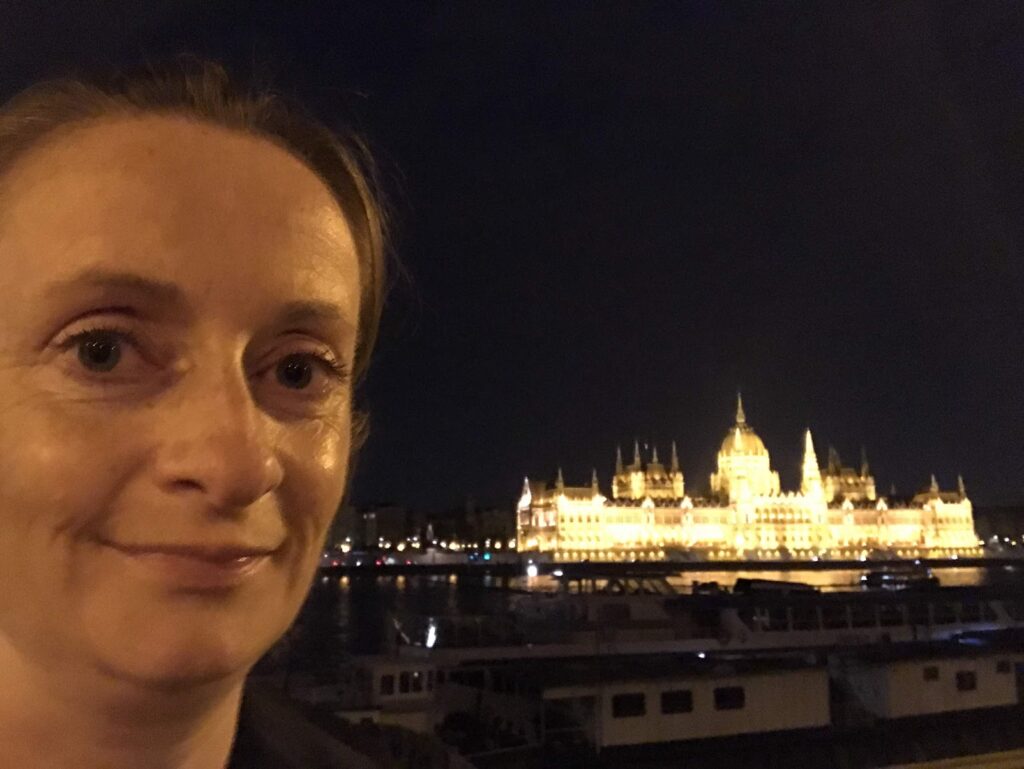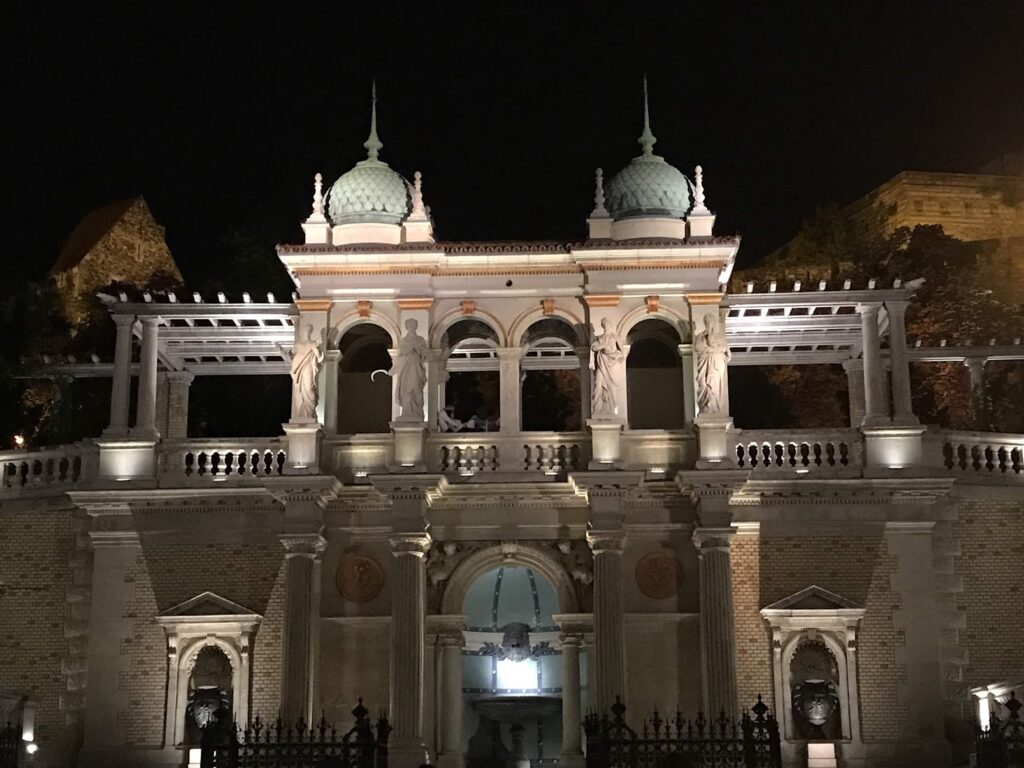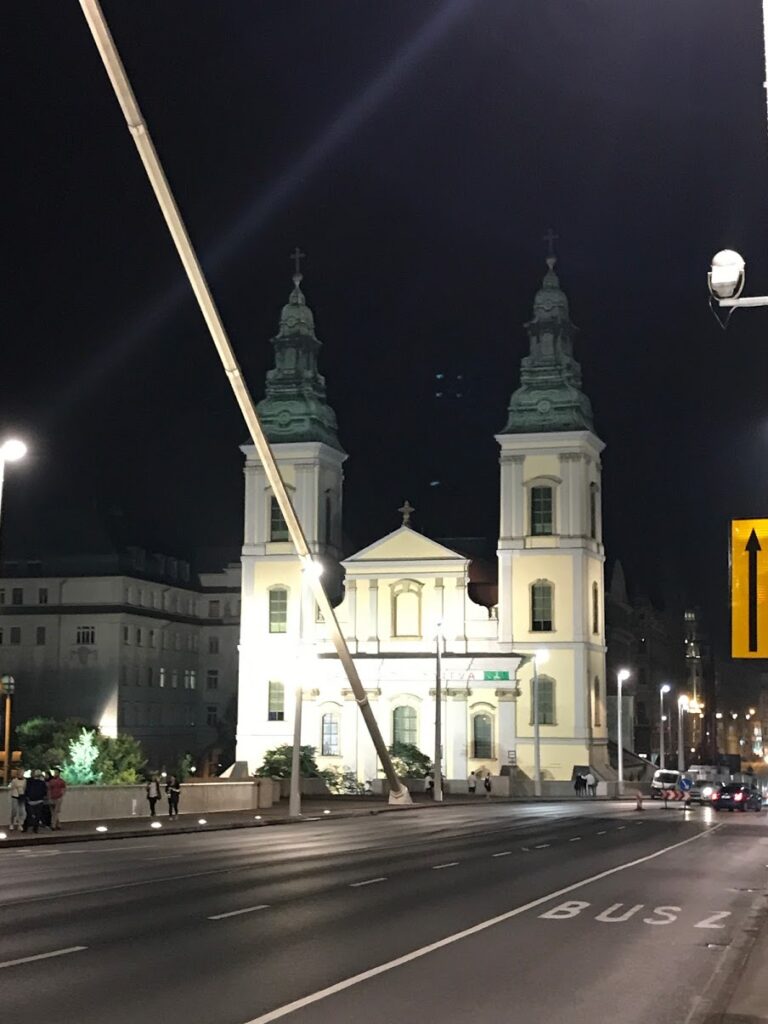Let’s get this started properly. How do you pronounce Budapest? It is “Buda” and “Pesht.” It was once two separate cities, Buda and Pest, which were combined into one. The Danube essentially runs north-south through the city although it does zig-zag a bit. On the west side, Buda is a more hilly area. On the east side, Pest is quite flat.
When the two cities were combined, the name became Budapest. We arrived at the airport and then took the 100E bus to Astoria St. I had purchased two tickets online using an app that I downloaded. Tickets for this airport bus cost 900 HUF (Hungarian Forints) which is about $4 CAD. HOWEVER, it was not clear that you need to have access to the internet to use the tickets. I had taken a screenshot of the tickets but they would not work. I was told to go inside to their customer service and buy new tickets. I was able to refund it through the app. But now the value sits as a credit on my account. So, essentially I lost my money. This is not the first time I have had this issue.
The bus was quite crowded but luckily it was only about a ten minute ride. From Astoria, it was about a five minute walk to our AirBnB. It was actually a fantastic location which will become clearer as I get into more detail. Our place was quite nice. The owner met us at the door and gave us a short orientation. There was a chalkboard listing the top 10 bars in the area. He had also prepared a book with his recommendations of restaurants, ruin bars, and more.
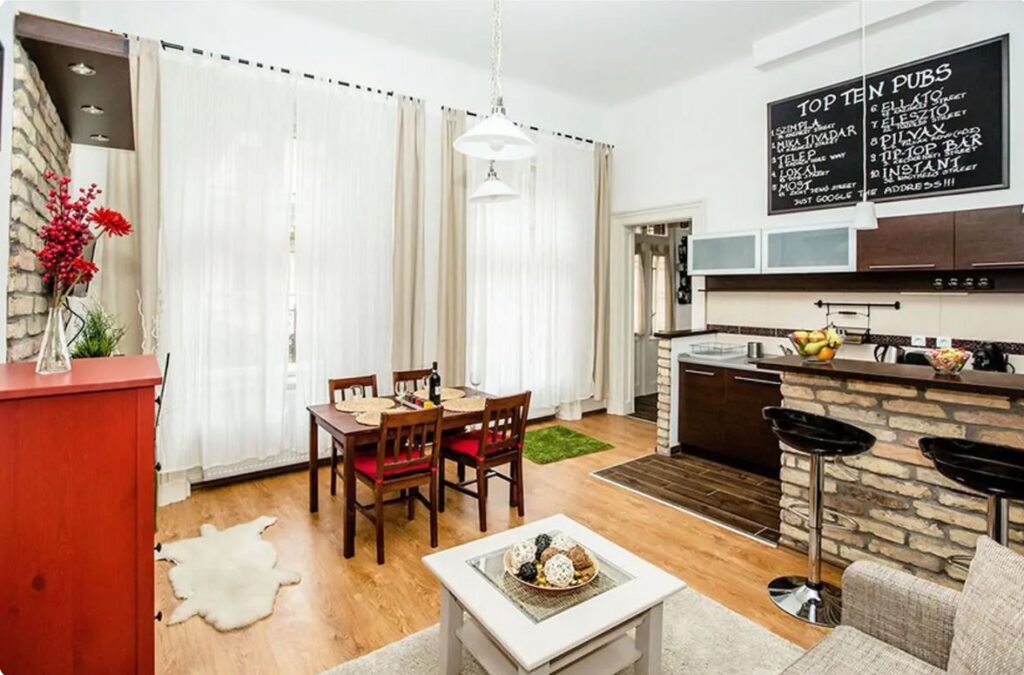
That night we went to a restaurant called Why Not? It was about 1 km from our place but down on the waterfront. It was quite a good meal. I had chicken paprikash. My mom used to make this when I was a kid although I cannot quite figure out why she was making Hungarian dishes. I always enjoyed hers but the traditional one is a little different. Chicken pieces are slow cooked in a sweet paprika sauce and served over small dumplings. It also has a dollop of sour cream on top. It was quite good but I am sure I will always prefer mom’s. Nic had a pork schnitzel with potato wedges. It was a lot of food. For dessert we had a traditional dessert which was a sponge cake soaked in rum with whipped cream and chocolate sauce. The kind waiter gave us a shot of palinka after our meal. Palinka is a traditional alcohol made from fermented fruit. It is between 50% and 70% alcohol. To be honest we could not drink it all… too strong. After dinner, we wandered along the waterfront before heading back to our place.
The next morning, Nic was hungover. She will probably say she ate something bad but the truth is the couple of beers, rum dessert and palinka made her less than top form the next day. She was trying to get herself up and about but I convinced her to sleep it off. She eventually came around. I had looked into a couple of the places to eat on our host’s recommendations. We were right near one of the coolest walking streets with several ruin bars. There was also a food truck area not too far from our place, called Karavan. We had burgers and fries from Zing Burger & Co. We had a couple of beers: hair of the dog for Nic. I think this meal hit the spot. She got some life back in her.
Next we went to Szimpla Kert, the original ruin bar. A little explanation about ruin bars. Our place and Szimpla Kert are in an area of the city called the Jewish Quarter. This area was the Jewish Ghetto during World War II but in the years after WWII, this area became very dilapidated as a result of the mass deportation of Jews. In 2004, the owners of Szimpla purchased an abandoned building on Kazinczy St. As an experiment, they decided to set up a bar in an abandoned building with cheap drinks for the young and creative in Budapest. Tables and chairs are all mismatched and the design inside is very eclectic. There are multiple bars inside the complex serving different kinds of drinks, different seating areas, etc. I think a visit to Budapest would not be complete without a visit to Szimpla (or a like ruin bar). Szimpla started a phenomena and now there are many ruin bars.
We had a couple of drinks at Szimpla and soaked up the bohemia energy. We sat at a table with Karen from Germany who was travelling on her own. We chatted with her for quite a while and shared travel stories. From what we understand, going to Szimpla in the late afternoon or early evening is not a problem, but if you go later you might have to stand in line for a while. On another day we passed by at about 10 pm and there was a line outside.
The next morning we did a Budapest free walking tour. It was actually quite comprehensive covering the major sites in both Pest and Buda. We started in Pest really close to the Budapest Eye (a large Ferris wheel). Some of the sites we saw included St. Stephen’s Basilica, the Chain Bridge, the Castle District, Royal Palace, Matthias Church and Fisherman’s Bastion. Our guide was knowledgeable but honestly a little lacklustre. The tour was about 3 hours long and there were so many people who showed up that they split the group into 4 with different guides for each. I suspect it is about 5 km of walking as we walked 15 km that day in total.
Later that evening we went back out for another evening walk. We went for dinner in another restaurant that Nic had researched. It was not far from St. Stephen’s and was a cute little restaurant. It is so small that you might end up sitting very close to other tables. We chatted with a couple from the Isle of Wight. After another good meal (sad I know but I ate chicken paprikash again), we walked over to St. Stephen’s because there was an outdoor showing of the movie Evita. It was quite crowded so we did not stand there long. We walked down to the waterfront to see the Hungarian parliament buildings all lit up. It is quite a spectacular building, especially when lit up.
Nearby, there is a site to see called Shoes on the Danube Bank. On the bank of Danube, this monument is a memorial to the Jews who were shot in this location during World War II. They were actually shot by militia of the fascist Hungarian party that was ruling for about a five month period in 1944-45. These Jewish Hungarians were made to take their shoes off and were shot so that their bodies fell into the Danube and were carried away. The shoes of the monument are meant to represent the shoes they left behind.
One of the things to do in Budapest is to take a river cruise on the Danube. Most people want to do it at around sunset. We picked one that gave you a 24 hour ticket and you could do it as many times as you want in 24 hours. Each tour is one hour. The cost was about 11 euros per person for just the tour but I got a package that included 2 pints of beer for 16 euros. We did our first one at about 2pm. The tour passes under several bridges, passes by the Royal Palace, Castle District, Parliament, and turns around at Margaret Island. There is an audio tour in English and German as you pass along. We went back at 7pm and did the tour at sunset. Frankly, the sunset tour was not that great because there are no lights on the buildings yet. So, we stayed on the boat and did another one back to back; this time with all of the buildings lit up. Between the tours, we checked out the Central Market (or Great Market Hall). We shared a chicken meal that was a lot of food. There was a discount because it was almost the end of the day.
The next day we wandered around again. This time we decided we needed to try langosh which is a traditional food which is a fried bread typically with sour cream and cheese on top. Not too bad but not sure we would have it very often. We got back to the parliament and the Shoes on the Danube. This time our pictures are in the daylight. On the way back, we stopped and ate dinner which was a three course meal. For the starter, we had goulash. While Hungarian Goulash is a soup, it is very heavy with lots of meat and potatoes and vegetables. The main course had several choices but you guessed it, I had chicken paprikash again. Then for dessert it was the traditional sponge cake again. The paprikash and the dessert were not as good as the first place we had tried them. We sat next to a couple from England. We chatted with them for a long time after we ate. We were waiting out the rain but in the end we had to walk home in the rain.
On our final full day in Budapest, I was not feeling up for much. Nic was talking about walking to Margaret Island, then going to one of the Public Baths, and more I think. I figured it would be about 20 km of walking and frankly I didn’t have the energy that day for it. Plus, I wasn’t feeling great. So, she went off on her own. She was gone for about 8-10 hours that day. She stopped at a large mall on her way to Margaret Island. She shopped a little and ate a disappointing Big Mac meal in the food court. Then she continued on to Margaret Island. She explored the gardens on the island and then watched a fountain light show at sundown. Next she walked on the Buda side of the river up to the Elisabeth Bridge. From there, she walked back towards our place. In total, it was well over 20 km.
A brief history of Hungary… Hungary was founded in the year 895. In the year 1000, it became a Christian kingdom when the pope crowned St. Stephen. Prior to this, people were mostly nomadic pagans. In the middle ages it was attacked by a Mongol invasion. Mathias Corvinus ruled Hungary but after his death in 1526 the royalty could not resist Turkish Ottoman invasions any longer. In the 18th century, Hungary came under royal rule of the Hapsburgs. This continued until an uprising and revolution of the people in 1848 against the Hapsburgs. This revolution did not result in independence from Austria. However, Austria did realize that things would not improve unless they granted Hungary some autonomy. This resulted in the creation of the Austro-Hungarian Empire in 1867. This pact really benefited Hungary and its economy.
This alliance however meant that Hungary had to fight alongside Germany in World War I. When it was defeated in WWI, Hungary lost 72% of its territory and 3.5 million Hungarians now lived in Czechoslovakia, Romania and Yugoslavia. For this reason, Hungary fought alongside Nazi Germany in World War II to try to get their territory back. Hungary was untouched by WWII until 1944, the fighting came to Hungary. Nazis sent 400,000 Jewish Hungarians to Auschwitz. Hungary tried to switch sides but ultimately, Hungary came under Soviet communist rule.
Hungary was then under the rule of a communist dictatorship. A falling standard of living and social dissatisfaction led to an uprising and an announced withdrawal from the Warsaw Pact in 1956. Moscow intervened and slowly they consolidated again by 1968. Hungary started to become prosperous again and standard of living improved.
In 1988, the communist party abolished all travel restrictions and in 1989, they created a multi-party system. In May 1989, they tore down the barbed wire fences to Austria and this was beginning of the end of the iron curtain. In October 1989, the Republic of Hungary was created and in March 1990, Hungary held its first free democratic elections. This was the first time in its history that Hungary was truly a free nation not under occupation or rule by another nation or body. In 1999, Hungary joined NATO and in 2004 it joined the EU.
From Hungary, we took a train to Subotica, Serbia. More on that next post.


